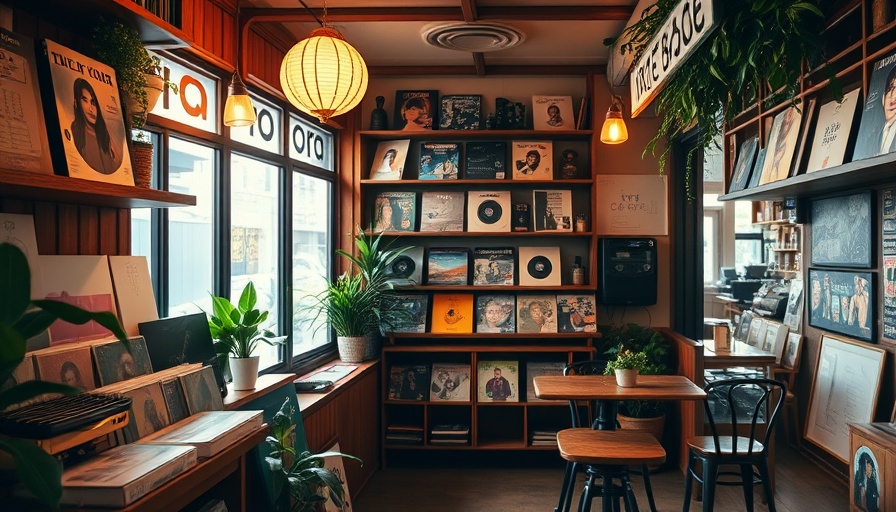
Rediscovering Sound: The Architectural Journey of Japan's Jazz Kissa
In the evolving landscape of contemporary coffee culture, few places capture the essence of musical appreciation and atmosphere quite like Japan's jazz kissa. Renowned photographer Katsumasa Kusunose has spent over fifteen years documenting these unique establishments in his new book, Jazz Kissa: The Soul of Japanese Listening Culture. This work not only offers a visual journey through the intimate spaces of jazz kissa but also celebrates their cultural significance as havens for musical discovery.
A Unique Cultural Phenomenon
The jazz kissa emerged in post-war Japan as a response to the scarcity of live music and jazz records. During the 1960s and 70s, these cafés became cultural hubs, fostering a community dedicated to the appreciation of jazz music. They're characterized by low lighting, impressive sound systems, and an ambiance that encourages dedicated listening rather than casual socializing. Kusunose’s book encapsulates the architectural nuances that differentiate these spaces from conventional cafes, showcasing their role in enhancing the listening experience.
The Heartfelt Design of Jazz Kissa
What sets jazz kissa apart is not just the music played but the environment crafted around it. Interiors are often adorned with wooden paneling, record collections lining the walls, and powerful speaker systems at the center. As artist Devon Turnbull notes in the book's foreword, these spaces may appear modest from the outside, yet they transport visitors to an intimate realm akin to legendary jazz venues like the Village Vanguard or Birdland. The layout is intentionally focused on sound, with seating arrangements oriented toward the audio equipment and an atmosphere conducive to deep listening.
The Impact of Music on Design
In many jazz kissa, furniture and equipment blend seamlessly, becoming part of the architecture. Speakers and amplifiers are integrated into the overall design, resulting in a spatial intimacy that highlights music absorption over casual chatter. Each café reflects its owner’s unique identity, resulting in an eclectic yet cohesive aesthetic. The fusion of technical expertise with personal touches creates an atmosphere that resonates with both enthusiasts and casual listeners alike, allowing patrons to truly feel the music.
A Journey Through Time: The Evolution of Jazz Kissa
Kusunose’s photography is not just a celebration of existing kissa; it also serves as a reminder of the temporal journey of these cafes. Although many original establishments have closed their doors, his work highlights a new generation of jazz kissa operators who are treating the traditional format with fresh eyes. This resurgence suggests that the love for these dedicated listening spaces will only continue to grow—evolving but never losing the heart of what makes them special.
Feeling the Music: The Jazz Kissa Experience
The jazz kissa experience transcends mere coffee-drinking; it offers a chance to partake in a rich listening tradition that defines a community. These cafés invite patrons not just to enjoy music but to dive into the collective memories associated with it. As younger generations rediscover these spaces, the jazz kissa continue to serve as bastions of cultural significance, bringing people together through the universal language of music.
As we reflect on the unique places these jazz kissa hold in Japan’s cultural fabric, it reminds us of the importance of preserving spaces that celebrate our passions. Whether you're an avid listener or new to jazz, the atmosphere created within these walls can transform your appreciation of music into something profound.
 Add Row
Add Row  Add
Add 




Write A Comment